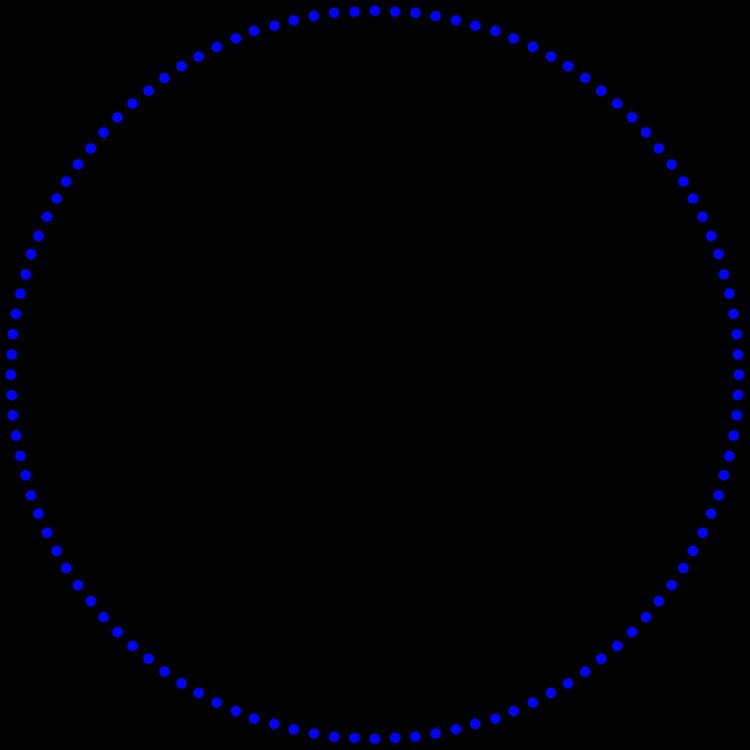Named after A. T. Balaban Edges 168 Diameter 8 | Vertices 112 Radius 6 Girth 11 | |
 | ||
In the mathematical field of graph theory, the Balaban 11-cage or Balaban (3-11)-cage is a 3-regular graph with 112 vertices and 168 edges named after A. T. Balaban.
The Balaban 11-cage is the unique (3-11)-cage. It was discovered by Balaban in 1973. The uniqueness was proved by McKay and Myrvold in 2003.
The Balaban 11-cage is a Hamiltonian graph and can be constructed by excision from the Tutte 12-cage by removing a small subtree and suppressing the resulting vertices of degree two.
It has independence number 52, chromatic number 3, chromatic index 3, radius 6, diameter 8 and girth 11. It is also a 3-vertex-connected graph and a 3-edge-connected graph.
Algebraic properties
The characteristic polynomial of the Balaban 11-cage is :
The automorphism group of the Balaban 11-cage is of order 64.
